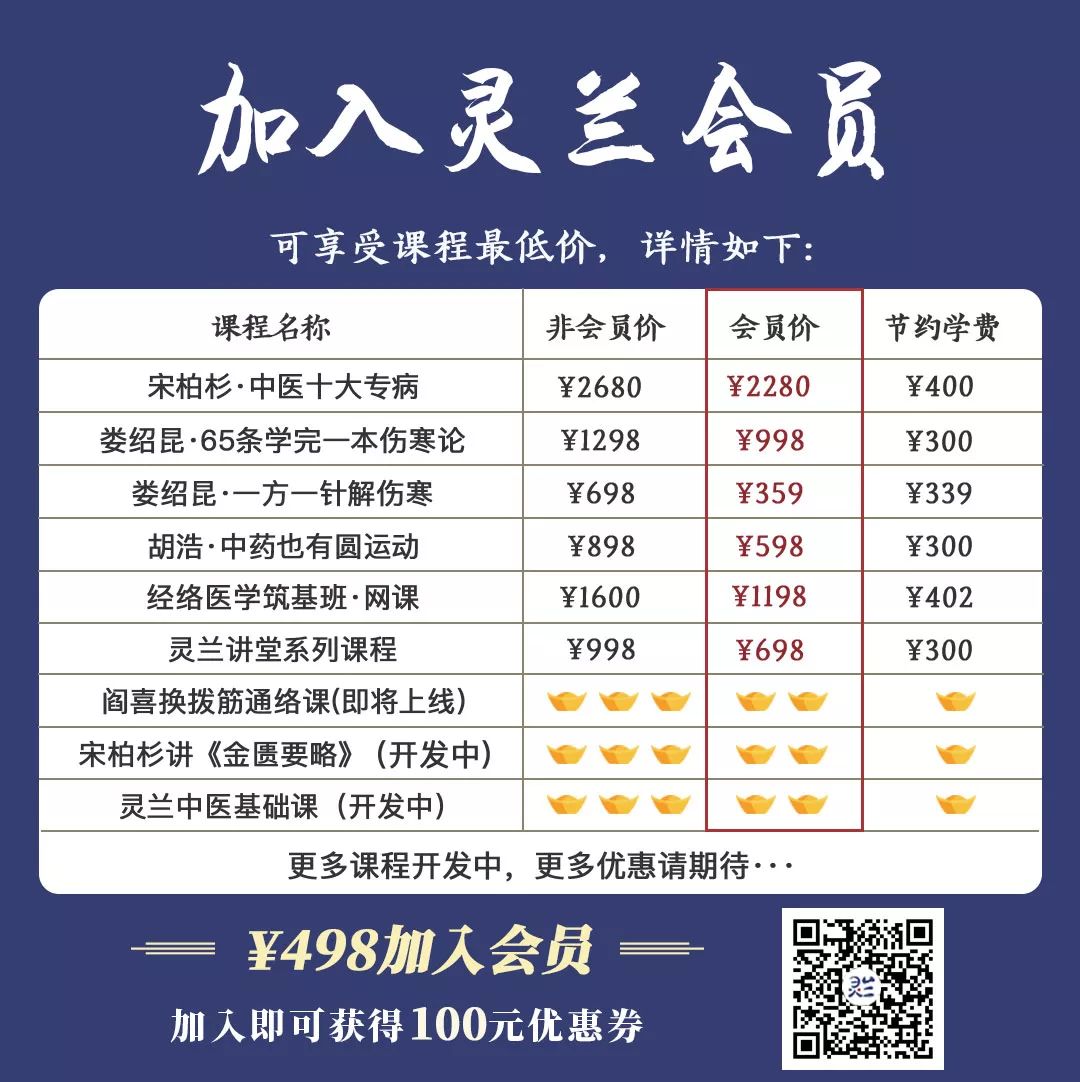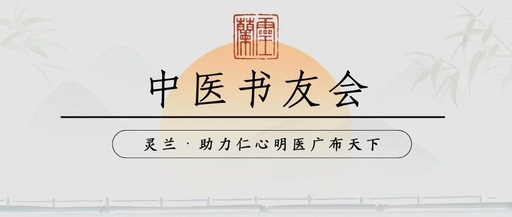
Chinese Medicine Book Club Issue 2125
Daily updates to accompany the growth of TCM practitioners
IIntroduction:Summer is a peak season for skin diseases. For patients with skin conditions, external washing can alleviate the discomfort of medication; on the other hand, localized application of medication can enhance absorption. (Editor: Yan Qifeng)

Nine Methods of External Washing with Chinese Medicine for Skin Diseases
Author: Gong Jinglin
“The methods of surgery emphasize external treatment.” External washing with Chinese medicine plays a significant role in the treatment of skin diseases. It involves using medicinal decoctions to wash, soak, or apply hot compresses to the affected areas, an ancient method known as “tā xǐ” (洗).
As early as 770 BC, the “Book of Rites: Qu Li” states, “If there are sores on the head, one should bathe; if there are sores on the body, one should wash.” The “Essentials of Surgery” states: “The washing method is to promote the circulation of qi and dispel evil qi to eliminate internal sores. The decoction has the function of cleansing with heat… This is called guiding the pores and regulating the blood vessels to prevent stagnation. For example, use 2 taels of medicine with 2 sheng of water, decoct to obtain 1.5 sheng, and use clean cloth or new cotton to soak in the medicinal water slightly warm to wash the affected area, gradually washing and bathing.” Zhang Shanlei said: “Once the external sore has ruptured, the pus and water must be cleaned thoroughly to ensure no bacteria remain, allowing for new skin to form; otherwise, if the necrotic tissue is not removed, it will lead to further spread.” Zhang Zhongjing’s “Synopsis of Prescriptions of the Golden Chamber” used Ku Shen Decoction to treat Hu Huo disease and Lang Ya Decoction for Yin 䘌.
In folk practice, various washing agents are commonly used, such as alum water for wet sores, Sichuan pepper water for itchy sores, scallion and pepper water for frostbite, and osmanthus leaf water for lacquer sores. These methods are simple and have good therapeutic effects. In clinical practice, the author has summarized nine methods, which are introduced as follows.
1. Method to Disperse Wind and Stop Itching
Due to the body’s pores being loose and the defensive qi not being solid, wind evil invades the skin, causing disharmony between the nutritive and defensive qi, leading to abnormal circulation of qi and blood, and the skin loses nourishment, resulting in a series of symptoms. For example, the onset is rapid, and the resolution is also quick, with symptoms that are erratic and intense itching, often occurring on the upper body or spreading throughout the body. The rashes are mostly red papules, wheals, scales, or lichen-like changes, with dry lesions that do not exude, and may lead to scaling and bleeding after scratching. This is commonly seen in acute pruritic skin diseases such as acute urticaria, pruritus, and neurodermatitis.
The treatment should focus on dispersing wind and stopping itching.
Medicinal ingredients: 30 grams of Ai Ye (Artemisia argyi), 30 grams of Yao Zhu (Xanthium strumarium), 30 grams of Lu Lu Tong (Liquidambar orientalis), 60 grams of Can Sha (Silkworm feces), decoct in 1500 milliliters of water, and when the water is warm, wash the affected area externally, twice daily for 10-15 minutes each time.
Clinically, common warts and flat warts are skin diseases caused by viruses, presenting as flat papules, raised above the skin, ranging from millet to soybean size, in light brown, brown, or normal skin color. The surface may be smooth or rough.The treatment should focus on dispelling wind and detoxifying.
Medicinal ingredients: 15 grams of Mu Zei (Equisetum), 15 grams of Cang Er Zi (Xanthium), 30 grams of Bai Jiang Cao (Patrinia scabiosaefolia), 10 grams of Lu Feng Fang (Vespa), 30 grams of Ma Chi Xian (Portulaca oleracea), decoct in 1000 milliliters of water, first apply hot compresses to the affected area, then wash the lesions with water, ensuring the lesions are rubbed until red and warm, once daily.
2. Method to Clear Heat and Reduce Swelling
Whether due to external heat or internal excess heat in the organs, it can obstruct the skin, leading to steaming and suffering. Skin lesions often present as erythema, papules, vesicles, pustules, erosion with exudation, and burning itching. This is commonly seen in acute eczema and dermatitis, such as herpes zoster, erysipelas, pustular dermatitis, allergic purpura, drug rash, contact dermatitis, and bullous skin diseases, exfoliative dermatitis, dermatomyositis, and acute systemic lupus erythematosus.
The treatment should focus on clearing heat, reducing swelling, and detoxifying.
Medicinal ingredients: 30 grams of Ma Chi Xian (Portulaca oleracea), 30 grams of Huang Bai (Phellodendron), 30 grams of Qian Li Guang (Sonchus), 30 grams of Da Huang (Rhubarb), decoct in 1500 milliliters of water, and when warm, wash or apply compresses to the affected area 3-4 times daily for 10-15 minutes each time.
3. Method to Dry Dampness and Astringe
Dampness can be classified into internal and external, but external dampness is predominant. When dampness invades the pores, it becomes stagnant and combines with qi and blood, leading to skin rashes. Symptoms include vesicles, itching, erosion with exudation, edema, and excessive seepage. Common skin diseases include dermatitis, eczema, seborrheic dermatitis, and pemphigus.
The treatment should focus on drying dampness and astringing.
Medicinal ingredients: 60 grams of Ma Chi Xian (Portulaca oleracea), 30 grams of Cang Zhu (Atractylodes), 60 grams of Ce Bai Ye (Platycladus orientalis), 30 grams of Ku Shen (Sophora flavescens), 30 grams of Wu Bei Zi (Galla chinensis), decoct in 1500 milliliters of water, wash or apply compresses to the affected area 2-3 times daily for 10-15 minutes each time.
4. Method to Cool Blood and Detoxify
Skin diseases caused by various “toxins” are common, including drug toxins, food toxins, insect toxins, and lacquer toxins. When evil toxins invade the skin, they become stagnant and transform into heat, causing disease. Symptoms include redness, swelling, papules, wheals, and erosion in various forms. Common skin diseases include contact dermatitis, drug rash, toxic erythema, insect bite dermatitis, and papular urticaria.
The treatment should focus on cooling blood and detoxifying.
Medicinal ingredients: 30 grams of Qian Li Guang (Sonchus), 30 grams of Da Huang (Rhubarb), 30 grams of Pu Xiao (Sodium sulfate), 60 grams of Shan Zha (Hawthorn), 30 grams of Bian Xu (Polygonum aviculare), decoct in 1500 milliliters of water, wash or apply compresses to the affected area 2-3 times daily for 10-15 minutes each time.
5. Method to Warm Channels and Disperse Cold
Due to insufficient yang qi, the skin and flesh are affected by cold, leading to poor circulation of qi and blood, and blockage of the meridians. Skin lesions appear as dark purple or light red spots, with local lesions being red, swollen, and hard, and in severe cases, blisters or ulcers may occur. Common skin diseases include frostbite and vasculitis.
The treatment should focus on warming channels and dispersing cold.
Medicinal ingredients: 30 grams of Tou Gu Cao (Euphorbia), 10 grams of Yan Hua (Daphne), 15 grams of Chuan Jiao (Zanthoxylum), 15 grams of Wu Zhu Yu (Evodia rutaecarpa), decoct in 1000 milliliters of water, soak the affected area 1-2 times daily for 15-30 minutes each time.
6. Method to Invigorate Blood and Disperse Stasis
Due to liver qi stagnation or invasion of external evil, leading to poor qi flow, blood stasis, and blockage of the meridians. Symptoms include dark red skin lesions, cyanosis, petechiae, ecchymosis, and capillary dilation. Common skin diseases include erythema nodosum, hard erythema, allergic purpura, varicose veins, and thrombophlebitis.
The treatment should focus on invigorating blood and dispersing stasis.
Medicinal ingredients: 30 grams of Gui Jian Yu (Daphne), 15 grams of Hong Hua (Carthamus tinctorius), 30 grams of Dan Shen (Salvia miltiorrhiza), 30 grams of Tao Ren (Prunus persica), 30 grams of Xiang Fu (Cyperus rotundus), decoct in 1500 milliliters of water, wash the affected area twice daily for 10-15 minutes each time.
7. Method to Nourish Blood and Moisturize Skin
Due to blood deficiency failing to nourish the skin, leading to dryness and lack of moisture, blood deficiency generates wind and dryness, lingering on the skin. Skin lesions present as dryness, scaling, thickening, roughness, cracking, and lichenification. Common skin diseases include neurodermatitis, psoriasis, ichthyosis, and excessive keratinization of palms and soles.
The treatment should focus on nourishing blood and moisturizing the skin.
Medicinal ingredients: 60 grams of Bai Ji (Bletilla striata), 30 grams of Huang Jing (Polygonatum), 30 grams of Zi Cao (Lithospermum), 30 grams of Wu Ling Zhi (Trogopterus xanthipes), 10 grams of Lu Feng Fang (Vespa), decoct in 1500 milliliters of water, soak and then wash the affected area once daily for 30 minutes each time.
8. Method to Kill Insects and Eliminate Parasites
Due to allergies to insects or the invasion of insect toxins, which accumulate over time and manifest on the skin. Skin lesions include papules, wheals, vesicles, blood scabs, scratches, and erosion. Common skin diseases include scabies, papular urticaria, and caterpillar dermatitis.
The treatment should focus on killing insects and eliminating parasites.
Medicinal ingredients: 30 grams of She Chuang Zi (Cnidium monnieri), 15 grams of Chuan Jiao (Zanthoxylum), 30 grams of Da Feng Zi (Carya cathayensis), 60 grams of sulfur, 15 grams of Li Lu (Veratrum), decoct in 1500 milliliters of water, wash the affected area once daily for 10-15 minutes.
In clinical practice, there are also fungal infections causing skin lesions such as tinea pedis, presenting as papules, vesicles, and erosion with exudation.
The treatment should focus on clearing heat, draining dampness, killing insects, and stopping itching.
Medicinal ingredients: 10 grams of Ding Xiang (Clove), 30 grams of Huang Jing (Polygonatum), 30 grams of Huang Bai (Phellodendron), 10 grams of Chuan Jiao (Zanthoxylum), 15 grams of Ku Fan (Alum). Decoct in 1500 milliliters of water, soak and wash the affected area 2-3 times daily for 10-15 minutes each time.
9. Method to Remove Grease and Scale
Often due to internal damp-heat, external wind evil, obstructing the skin, with damp-heat rising, or due to damp-heat consuming yin blood, leading to blood deficiency, wind dryness, and skin malnourishment. Skin lesions present as erythema, exudation, erosion, thick yellow crusts, and scales (dry or greasy). Common skin diseases include seborrheic dermatitis and seborrheic alopecia.
The treatment should focus on clearing heat, draining dampness, and removing grease and scale.
Medicinal ingredients: 60 grams of Tou Gu Cao (Euphorbia), 60 grams of Ce Bai Ye (Platycladus orientalis), 30 grams of Huang Bai (Phellodendron), 30 grams of Zao Ci (Sapindus), 30 grams of Borax. Decoct in 1500 milliliters of water, wash the affected area once daily for 10-15 minutes, and do not rinse the head with warm water after washing; let the hair dry naturally.
In summary, the above nine methods initially summarize the principles of external washing with Chinese medicine for skin diseases. When using these nine methods, it is essential to differentiate based on the location, extent, nature of the lesions, and the patient’s skin tolerance, to select appropriate medications and washing methods, and to adopt one or more different methods for bathing treatment to achieve satisfactory results.
Recommended Reading
External washing formulas suitable for elderly itching and women’s vaginal itching
Common skin diseases and their external treatment methods in Chinese medicine
|
I Copyright Statement
I Submission Email[email protected] |


